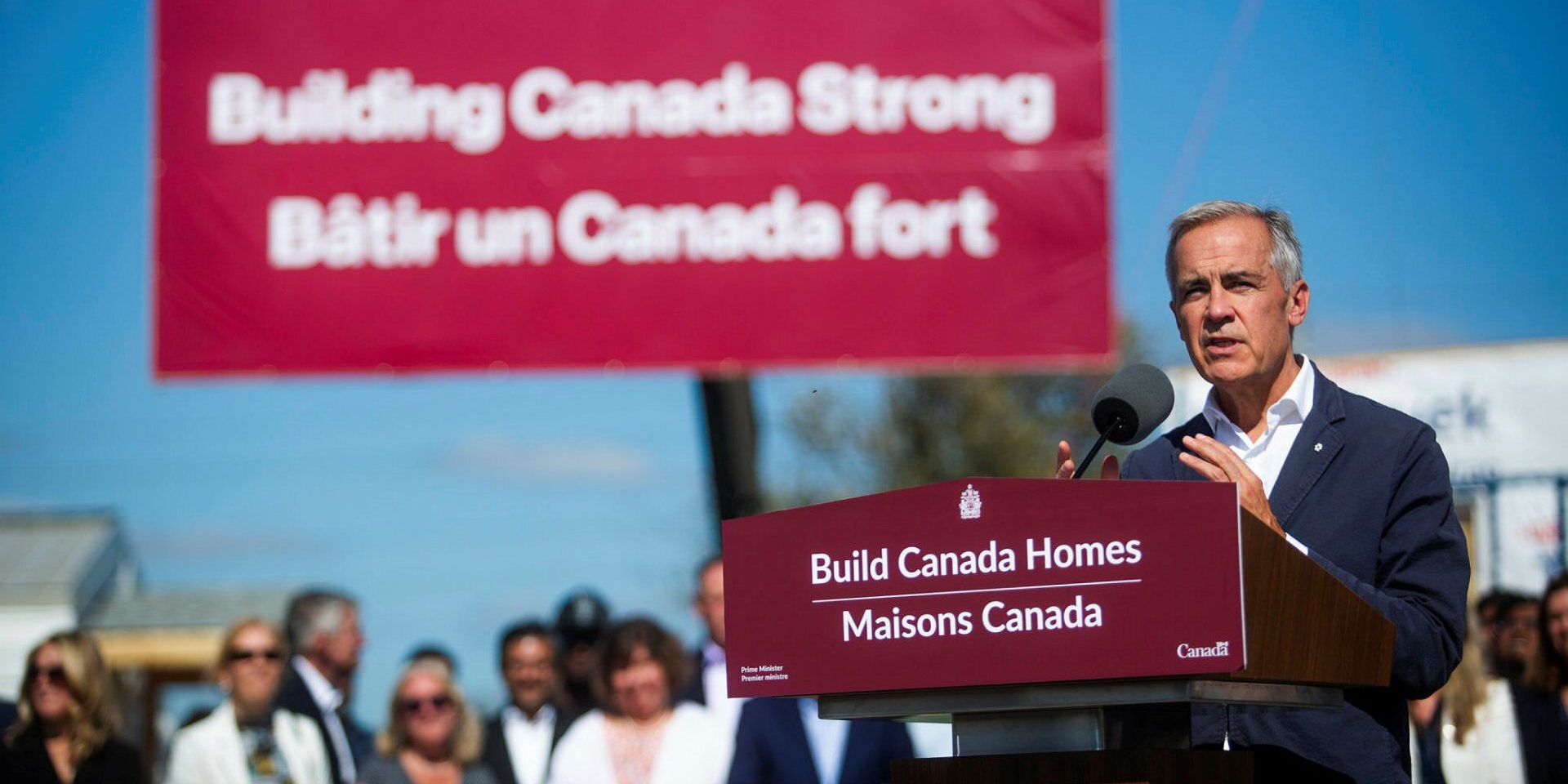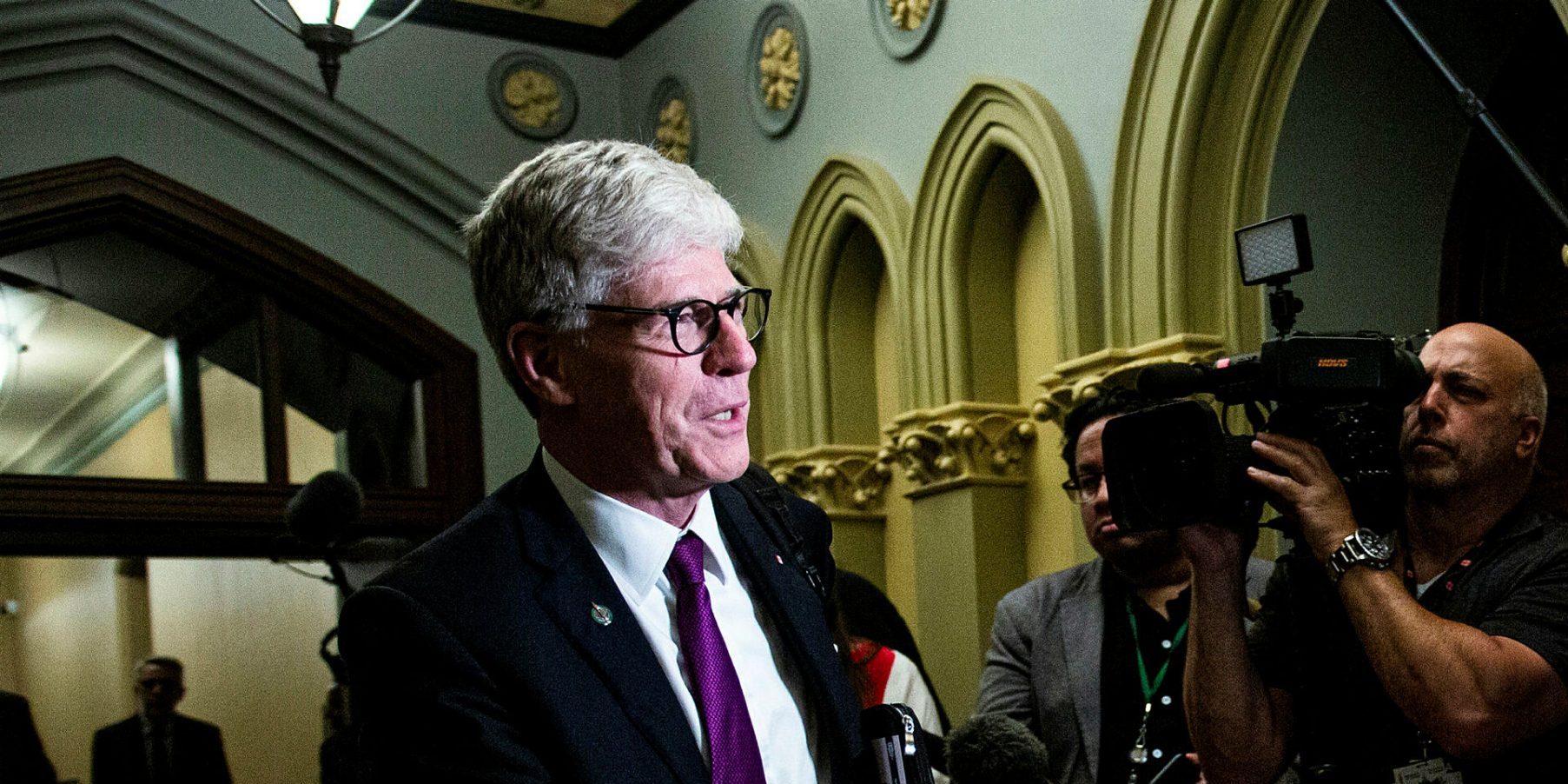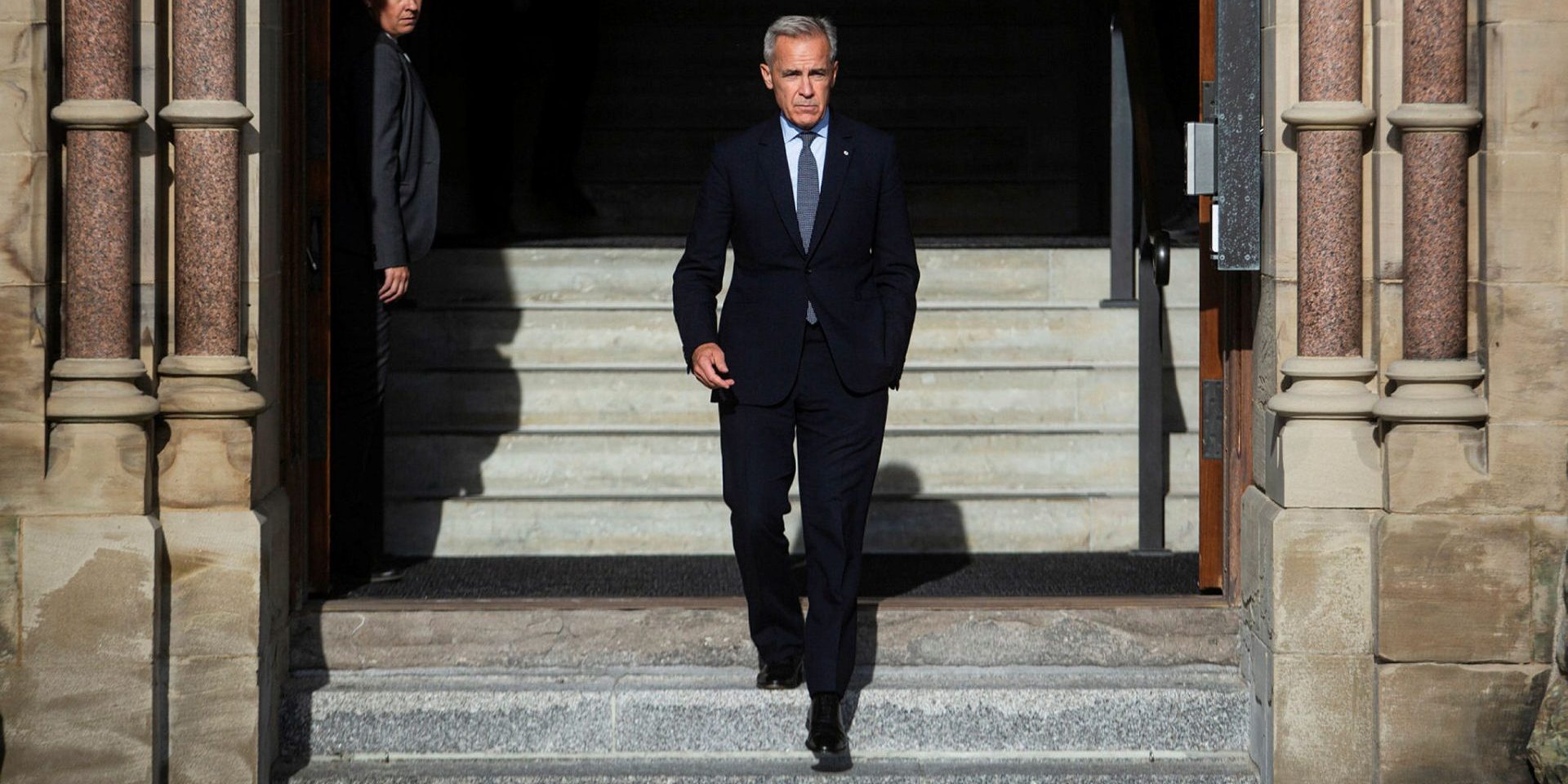Is Canada ready for the nation-defining challenges ahead?

OTTAWA—After six months of coping with the gyrations of United States trade policy, it’s easy to lose sight of the enormity of the moment at hand for Canada.
U.S. President Donald Trump’s destruction of established trade practices has done nothing less than undermine Canada’s entire economic culture—the industrial specialization, jobs, standard of living, population distribution, export patterns, and generous social assistance—developed over three-quarters of a century.
Prime Minister Mark Carney is right to talk about this in terms of historical projects like the Canadian Pacific Railway and the St. Lawrence Seaway. But it is about a lot more than infrastructure development. That is only the leading edge in the task that Carney has set for himself of fundamentally reshaping and re-igniting an economy that has long prospered by being conveniently linked to the world’s most powerful economic engine in the U.S.
On top of that, the prime minister has promised to bring about a generational expansion worth tens of billions of dollars in the country’s military in keeping with demands from a U.S. president no longer content to help provide a defence shield for his northern neighbour.
One hesitates to use the word “revolutionary.” But the size and scope of the Liberal government’s attempt to reorient Canada’s economy away from dependence on the U.S. while kick-starting new industrial capacity, export opportunities, and improvements in key productivity standards bring that term to mind.
Carney has set out a roadmap for the biggest upheaval in this country’s economic life in many decades. He sought to get the ball rolling on the nation-building projects agenda last week by naming five off-the-shelf energy and transport projects involving an estimated $60-billion in investment.
The government also flagged other potential mega-project strategies that could be “truly transformative for this country” and are at an earlier stage of development, with approval possible within two months.
Also on tap are an industrial strategy, a much-needed competition policy overhaul, support for tariff-hit sectors, increasing interprovincial trade, much-expanded house-building, expansion of exports beyond the U.S., and reduced federal operational spending.
So, where is all this headed? It goes without saying that, without Trump’s crusade to destroy Canada’s economy, this scale of rapid change would be unthinkable in a country defined by its diverse regions with often conflicting interests and highly decentralized ruling structure. As it is, turning the ship of Canada’s economy in a more pro-growth direction will be a long, slow process.
For example, progress on the much-vaunted plan to create a free-trade zone within Canada has been limited, and studies indicate the boost to the economy from this endeavour will be considerably less than advertised. And expanding the energy sector—a key element in the federal government’s export-oriented growth agenda—remains the country’s most divisive and potentially troubling economic issue. A united front of environmental groups has come out strongly against the Building Canada Act. Indigenous groups are already testing the law’s constitutionality in court, and more legal challenges are likely. The provinces have reacted relatively well to Carney’s energy strategy so far, but it’s unclear whether that will last when decisions on investment and implementation bring missed opportunities and environmental concerns more clearly into focus.
As for the public, the Liberals are likely to confront growing public impatience as the economy heads into a tariff-driven recession at a time when concerns about affordability and housing costs are gaining traction amid the lull in the U.S. trade war. Carney will also face an uproar over the skyrocketing federal budget deficit this fall.
And, while shifting the government toward a more pro-growth approach may help staunch the outflow of crucial business investment, it will be at least several years before the jobs and revenues created by the construction of major projects will be realized.
The bottom line is that if Canadians are in fact going to succeed in the historic task of reinventing their economic culture from top to bottom, it will take hitherto unknown co-operation, compromise, good-faith bargaining, and a willingness to modify goals and positions for the good of the overall objective. And some sacrifices along the way.
While Conservative Leader Pierre Poilievre says he is ready to co-operate with the Liberal minority’s growth-oriented agenda, the coming months in the Commons are likely to be a story of two diverging narratives.
On one side will be the prime minister trying to steer Canada into a post-U.S.-dependent future, while on the other will be Poilievre rehashing the angry, simplistic outpourings that enlivened his base during the last Parliament. Kicking off Question Period on Sept. 15 during talk of recent changes in the Commons, Poilievre said nothing is really different today. Just as in the Trudeau era, he said, “We have a Liberal prime minister breaking promises, making excuses, running massive deficits with costs, crime, and chaos out of control.”
Les Whittington is a regular columnist for The Hill Times.
The Hill Times






 LICENSING
LICENSING PODCAST
PODCAST ALERTS
ALERTS


